The river otter, sliding champion
This winter, when you’re traveling along in the forest close to a stream, you may see signs of sliding in the snow. Depending on the width of the impression, it could have been made by a weasel, mink or otter.
These animals, in the Mystelidaefamily, like to get about by sliding down snowy slopes and by making characteristic leaps. The weasel, more petite than the two other species, goes into the burrows of small rodents (voles, mice, chipmunks) to catch its favourite prey. The mink explores ice-free streams looking for small aquatic creatures. Today, however, we’ll look most closely at the otter.
This animal, with its happy, energetic temperament, slides on snow, on ice and even on mud, to move quickly or just for the sheer fun of it. Its cigar-shaped body; long, powerful tail; webbed paws with strong claws and its waterproof fur all give the otter a matchless advantage in water or snow.
When it dives, the otter can close its ears and nostrils, reduce its heart rate and hold its breath for more than seven minutes. A strong, fast swimmer, it can travel underwater for a distance of 350 metres.
Otters young and adult love horseplay, chasing each other and sliding, and don’t hesitate to repeatedly climb the same slope for the simple joy of sliding. Play is actually essential to most animals for staying in shape, perfecting their coordination and dexterity, or simply for having fun and enjoying life.
The otter’s sliding technique is distinctive: it throws itself onto its belly, pulls its front paws against its chest and pushes with its back paws. It can sometimes reach a speed of 29 km/h. While most slides are less than three metres long, some stretch out to close to eight metres.
Essentially carnivorous, the otter eats fish, crayfish, clams and other aquatic creatures. It houses itself in a burrow created between tree roots or on the banks of a stream and sometimes uses a beaver or muskrat lodge.
While it is generally most active at dawn and dusk and tends to be somewhat reclusive by nature, its presence can be identified through heaps of fish scales and crayfish shells found beside a stream; through its droppings, which are cylindrical and dotted with the same debris; and, of course, through signs of slides.
The otter is one of the stars of the permanent exhibition at Animalium, Mont-Tremblant’s zoological museum. There it takes its place with the beaver, deer and other animals of the North American temperate forest, as well as in the section devoted to the athletic accomplishments of various animals.
Jacques Prescott is a biologist, the co-founder of Animalium, Mont-Tremblant zoological museum. He is co-author of the book Mammifères du Québec et de l’Est du Canada, published by Éditions Michel Quintin.
By the same author: The ruffed grouse: a charming forest bird (Click the image below)

Jacques Prescott131 Posts
Jacques Prescott est biologiste, professeur associé à la Chaire en éco-conseil de l’Université du Québec à Chicoutimi. Spécialiste de la biodiversité et du développement durable, il est l’auteur de nombreux livres et articles sur la faune et la conservation de la nature. Il nous fait l’honneur de rejoindre notre équipe de collaborateurs et signera chaque mois une chronique intitulée Faune et flore. / Jacques Prescott is a biologist, associate professor with the Chair in Eco-Counselling of the Université du Québec à Chicoutimi. A specialist in biodiversity and sustainable development, he is the author of numerous books and articles about wildlife and nature conservation. He has honoured us by joining our team of contributors and will write a monthly column entitled Wildlife and Habitat.
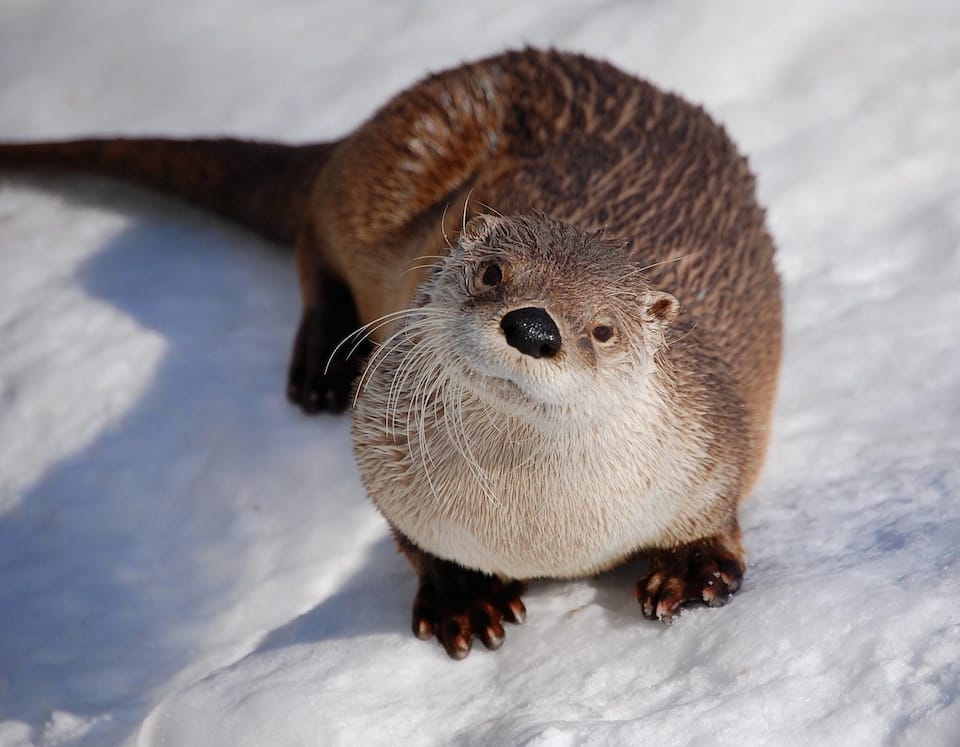
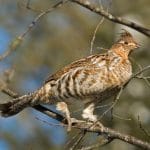

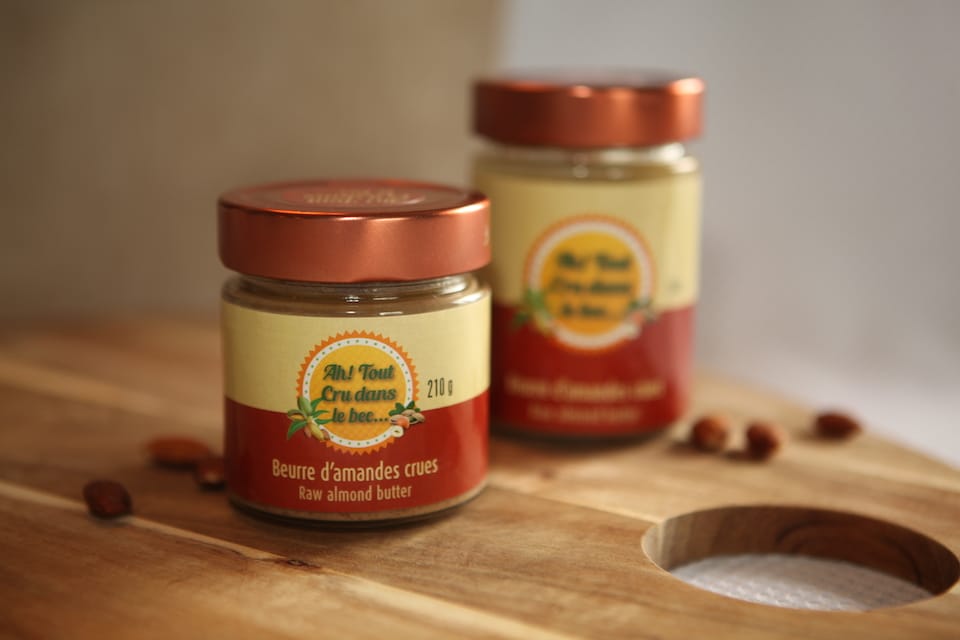
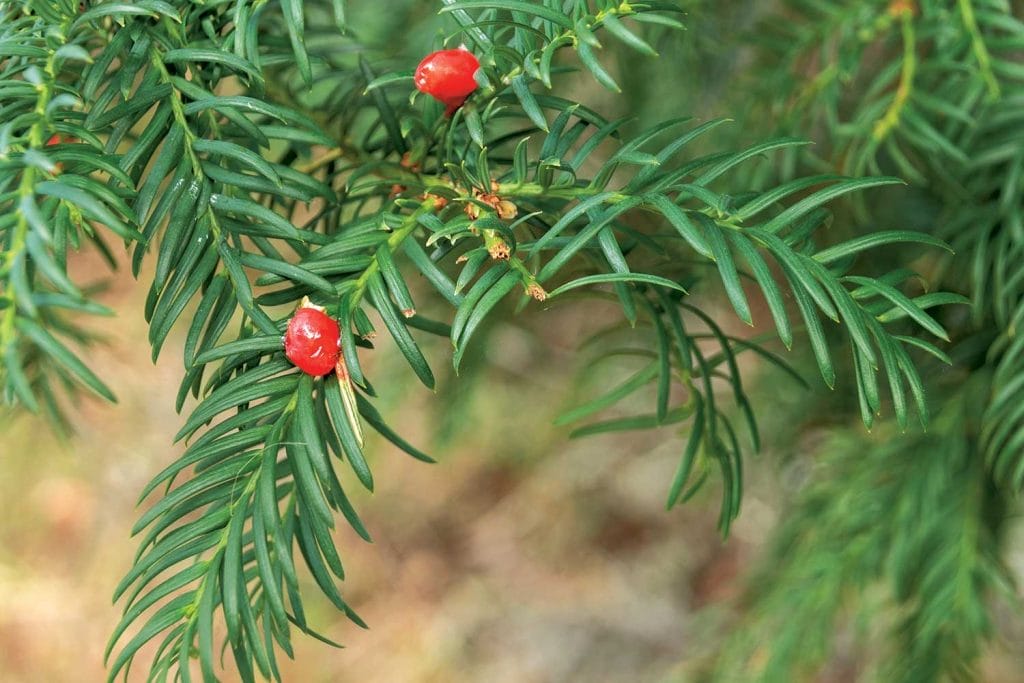
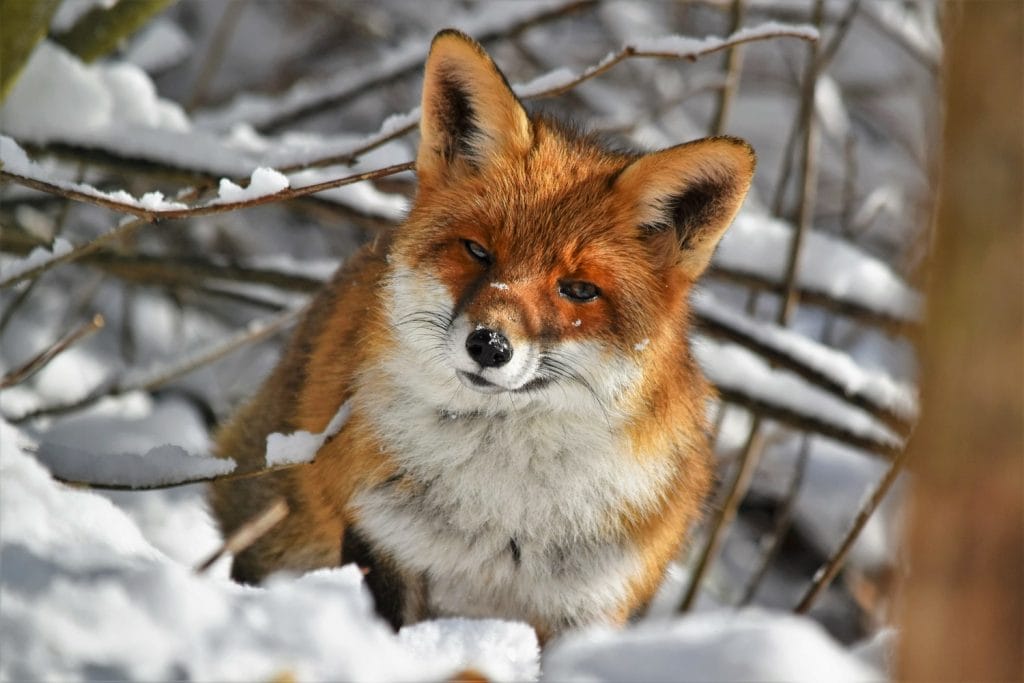
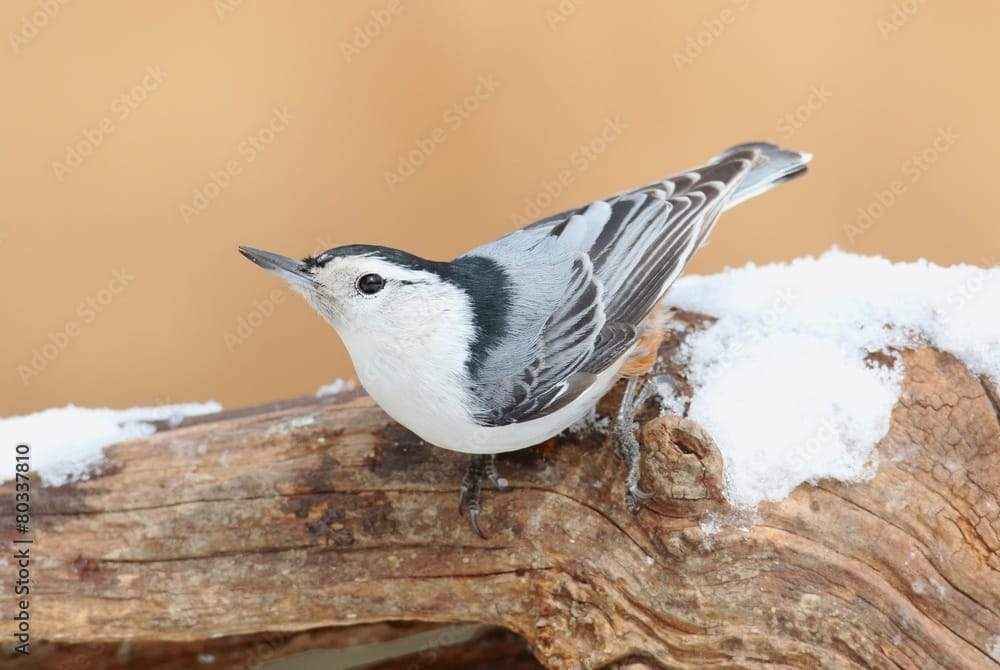
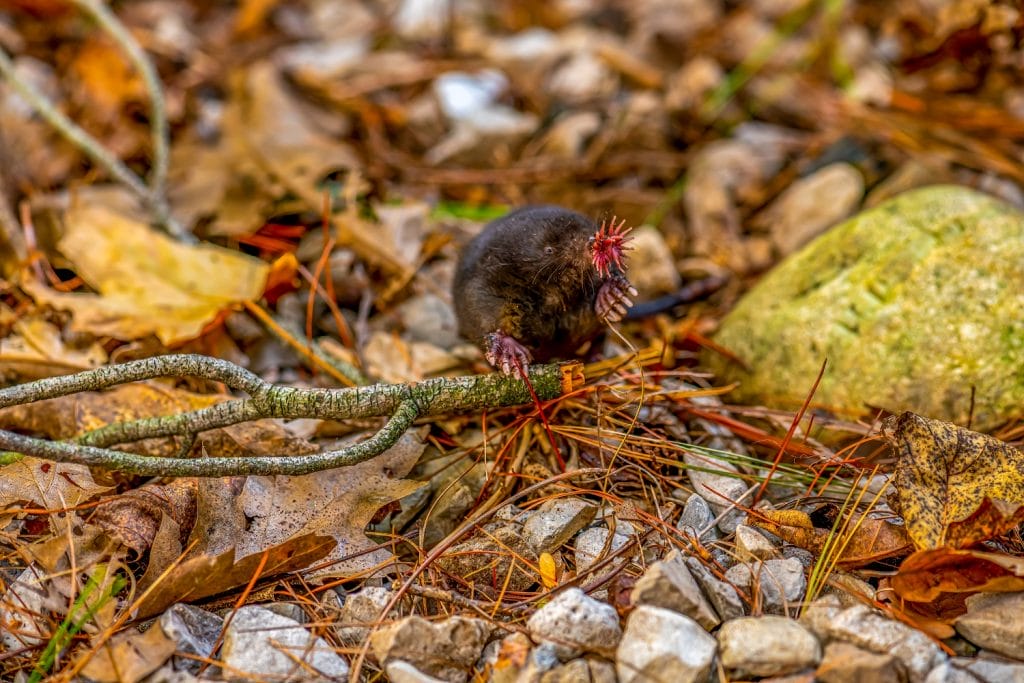





0 Comments